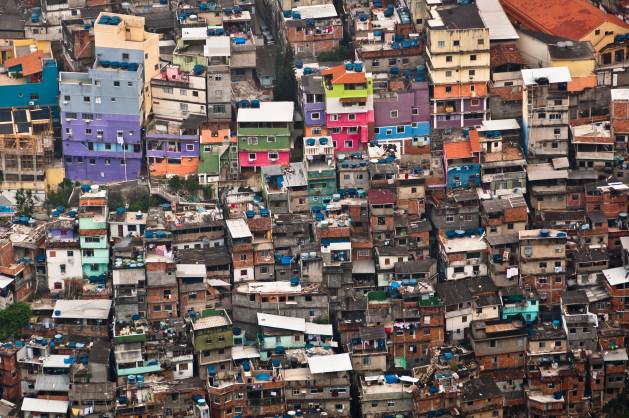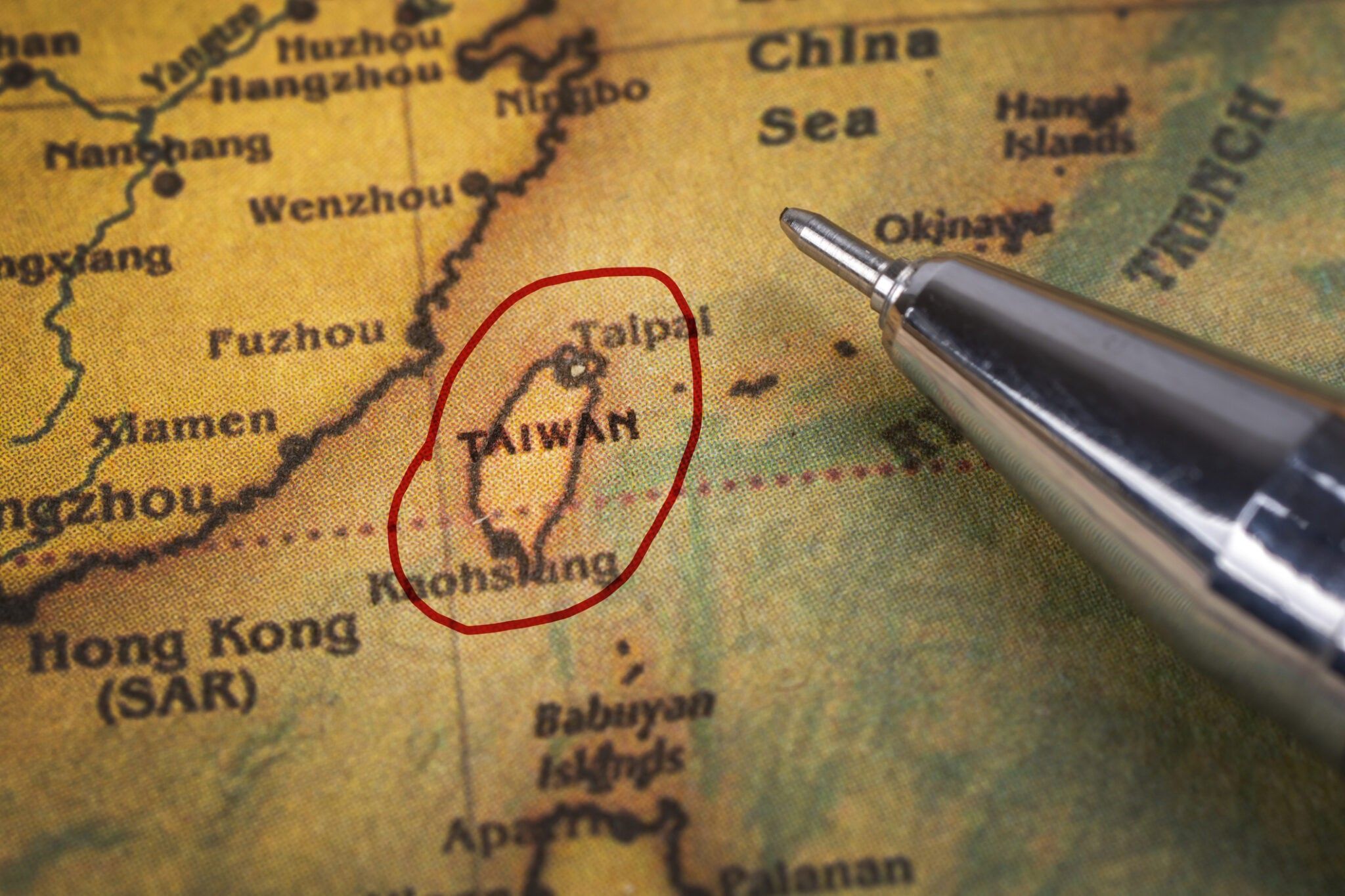Can COP 28 Deliver for Cities and Climate Migrants? — Global Issues
OXFORD, England, Nov 24 (IPS) – The impacts of climate change on human mobility have yet to be fully understood and addressed on a global scale, even though some 3.3 to 3.6 billion people are highly vulnerable to climate change.
Contrary to popular perceptions, most climate migrants move internally to cities within their own countries, attracted by the perceived employment, education, and healthcare opportunities that urban areas offer.
As these numbers increase, urban areas across the Global South face mounting pressures to provide sufficient housing, jobs, and public services to serve their growing populations.
Those moving due to climate extremes and environmental degradation will most likely find themselves living in urban slums, exposed to unhygienic conditions and forced to live in sub-standard housing.
They could also face highly competitive job markets for which they may lack qualifications or experience, and limited access to healthcare and public services due to citizenship restrictions.
Urban authorities across the Global South will be nervously anticipating an influx of new arrivals as the climate crisis intensifies, grappling with the challenge of integrating these newcomers without increasing pressure on already stretched urban infrastructure and services.
For inspiration they might look at other urban areas that have made significant progress in recent years to enhance their resilience and sustainability.
During the course of my research, I have also wondered whether urban authorities could view the climate migration challenge as an opportunity – to not only alleviate pressures but also to simultaneously pursue development objectives, stimulate economies, and ensure safe and secure living conditions for all residents?
Enhancing urban development
A strategic policy response could help mitigate challenges while preparing cities for the future. City governments will need to play a pivotal role in transforming urban migration into an effective climate change adaptation strategy that benefits both climate-vulnerable rural communities and the cities they settle in.
By doing so, city governments can proactively manage the challenges posed by climate migrants while also harnessing their potential contributions to a city’s economic growth and resilience.
Enhancing human mobility and removing restrictions on free movement not only bolsters adaptive capacity in the face of climate change and environmental crises; it also provides the necessary labour flexibility for cities and contributes to poverty reduction in rural areas.
Migrants, acting as agents of change, often support their home communities through remittances. Dynamic labour markets, enabling the geographic mobility of workers, are essential to supply labour precisely where and when it’s needed.
Urban authorities will need to examine mobility patterns and trends, identifying and prioritizing urban areas and infrastructure that require support. Additional legal measures may also be required, including labour laws that strengthen the rights of migrant workers, ensure safe working environments, and provide protection from exploitation.
Migrants’ social inclusion can be secured through education and training, which enhance their employment prospects, and access to healthcare and affordable and suitable housing.
The role of city governments, however, will depend on national governments granting urban authorities more influence in critical policy domains. Policy collaboration across different levels of governance is also key to supporting migrants and enhancing climate-compatible development in both places of origin and destination through circular mobility initiatives.
Accelerating a climate-resilient urban renaissance
COPs have historically made progress in advancing policies, funding, and recommendations to support climate-related migrants and cities in their adaptation efforts. It is imperative that COP28 fulfil its promise to increase climate funding for developing countries, including cities.
Urban areas are not only home to more than half of the world’s population, but also serve as the primary engines of the global economy and job creation. Funds targeting cities can help accelerate the global green transition.
However, COP28 will need to address a critical shortage in available funding, laid bare by the UN Environment Programme’s recent Adaptation Gap report which estimates that developing countries will need between $215 and $387 billion in public adaptation finance per year this decade.
The trend of decreasing adaptation funds – only $21 billion was available in 2021, $4 billion less than the previous year – needs to be urgently addressed.
COP28, just a few weeks away, is an opportunity to emphasize the need for long-term policy support aimed at tackling the challenges associated with climate-induced migration to urban areas.
The decision to dedicate a day at the summit to ‘multilateral action, urbanization, and the built environment’ underscores the central role that cities will play in our transition to more resilient and sustainable societies. Anticipating and responding strategically to climate migration will support an urban renaissance that is able to cope with climate change while delivering secure housing, improved services, and decent jobs for all.
Jin-ho Chung is Research Fellow at United Nations University Centre for Policy Research (UNU-CPR)
© Inter Press Service (2023) — All Rights ReservedOriginal source: Inter Press Service
Check out our Latest News and Follow us at Facebook
Original Source







